On April 6th and 13th, Dallas Morning News columnist Steve Blow explored the Dallas equivalent to the Seven Wonders of the Ancient World. So, I asked myself, if Dallas can have Seven Wonders, why can't Bonham? And of course, why not with that particular Bonham twist? First I'll offer the Seven Wonders of Bonham Past, followed in a few weeks by the Seven Wonders of Bonham Present.
Before starting, let me give a big thank you to Tom Scott, curator of the Fannin County Museum of History for keeping the facts straight--and for narrowing down his list of 26 to support my need for 7. For what it's worth, we agreed on four of them immediately. All images except the Cotton Mill are courtesy of the Museum's considerable collection. For those who wish to see history for themselves, the Fannin County Museum of History is currently on its summer hours, Tues-Sat 10-4.
Here, offered for your remembrance, in the order in which they disappeared:
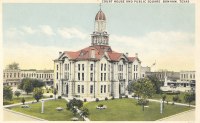
Fannin County Courthouse
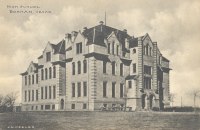
High School
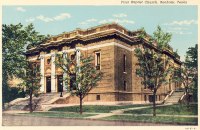
First Baptist Church
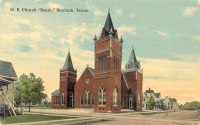
First Methodist Church
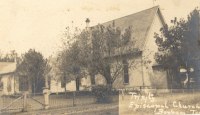
Holy Trinity Episcopal
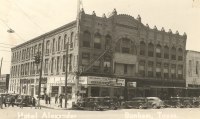
Hotel Alexander
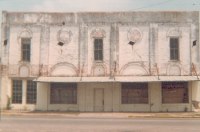
Steger Opera House
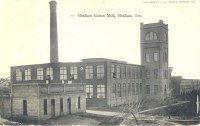
Cotton Mill
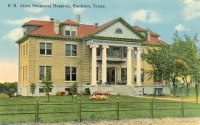
Allen Memorial Hospital
I hope you've enjoyed this walk through Bonham Past. Start making your list of Wonders Present and soon we'll compare notes.
Author's note: See www.pbs.org/wgbh/nova/sunken/wonders/ for a listing of the original Seven Wonders.








